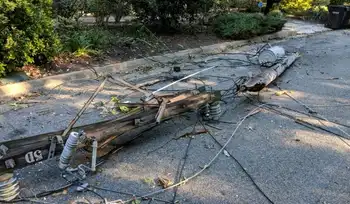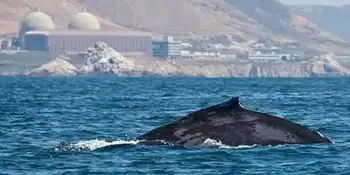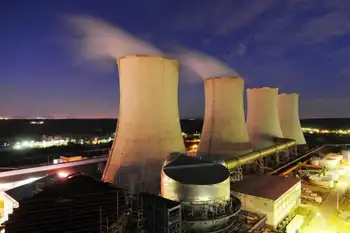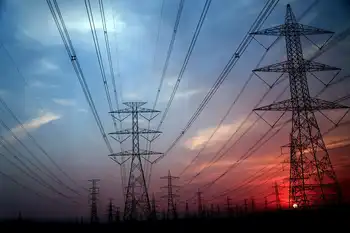Mich. panel orders reports on utility power lines
SAN FRANCISCO - - Michigan utility regulators on Tuesday ordered investor-owned utilities in the state to submit detailed reports on what they are doing to keep trees away from their power lines. Trees sagging into high-voltage transmission lines were cited as one of the causes of the huge Aug. 14 blackout that knocked out electricity to 50 million people in the Northeast, Midwest and Canada.
An interim report by a team of U.S.-Canadian investigators criticized Akron, Ohio-based utility FirstEnergy Corp. for allowing trees to grow too close to its power lines in northern Ohio, triggering line failures when the lines sagged.
The report also said FirstEnergy's computer system did not monitor the grid problems and it further criticized the Midwest Independent Transmission System Operator for failing to communicate with neighboring power systems.
The Michigan Public Service Commission ordered the utilities to file their reports by April 1, 2004, on "tree and vegetation trimming practices" around transmission lines and lower-voltage distribution lines that serve neighborhoods.
J. Peter Lark, chairman of the commission, said it wants to make sure that another big blackout "does not start in Michigan because of inadequate tree trimming practices."
The Michigan commission, in a scathing Nov. 5 report, laid much of the blame for the blackout on problems on the Ohio grid. The MPSC's order said the utilities' reports must include all action taken this year to trim vegetation away from power lines, trimming frequency, problem areas, future plans, and spending on trimming over the past five years.
Michigan's investor-owned utilities are DTE Energy Co.'s Detroit Edison, CMS Energy Corp.'s Consumers Energy, American Electric Power Co.
Inc.'s Indiana Michigan Power, Alpena Power, Wisconsin Energy Corp.'s Edison Sault Electric and Wisconsin Electric Power, WPS Resources Corp.'s Upper Peninsula Power and Wisconsin Public Service, and Xcel Energy Inc. .
Related News

Can the Electricity Industry Seize Its Resilience Moment?
WASHINGTON - When operators of Duke Energy's control room in Raleigh, North Carolina wait for a hurricane, the mood is often calm in the hours leading up to the storm.
“Things are usually fairly quiet before the activity starts,” said Mark Goettsch, the systems operations manager at Duke. “We’re anxiously awaiting the first operation and the first event. Once that begins, you get into storm mode.”
Then begins a “frenzied pace” that can last for days — like when Hurricane Florence parked over Duke’s service territory in September.
When an event like Florence hits, all eyes are on transmission and distribution. Where it’s…




